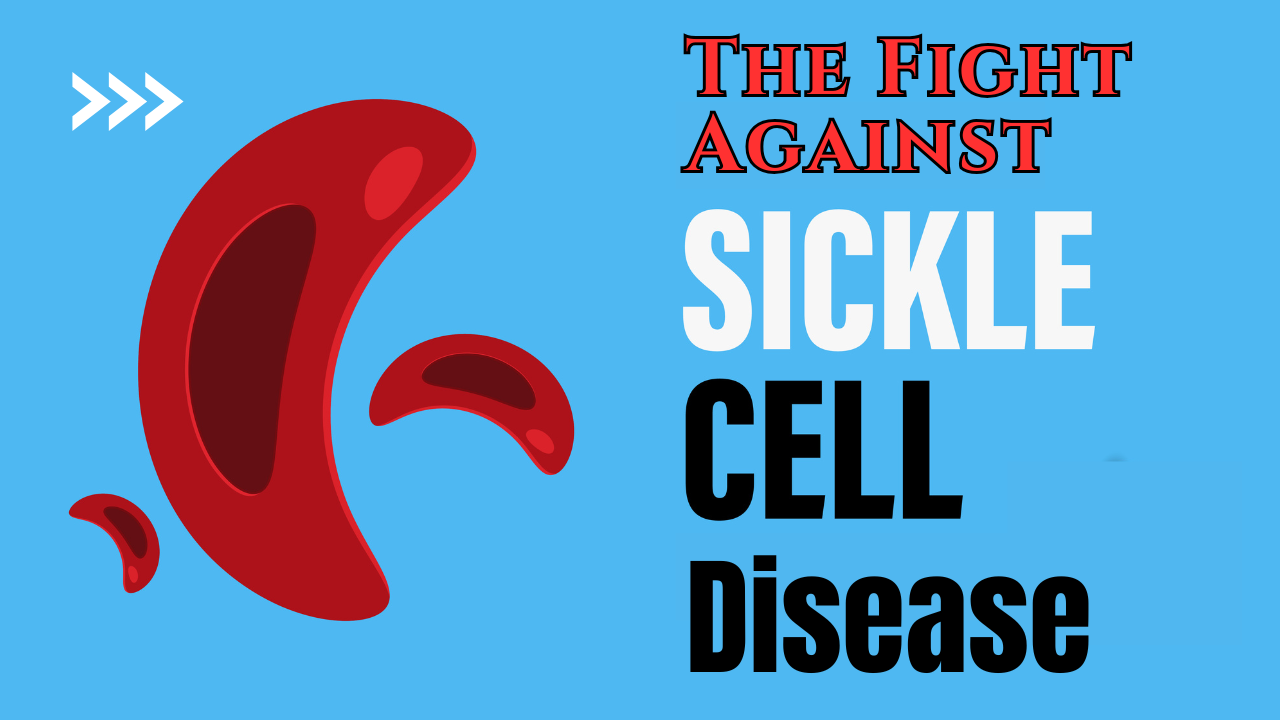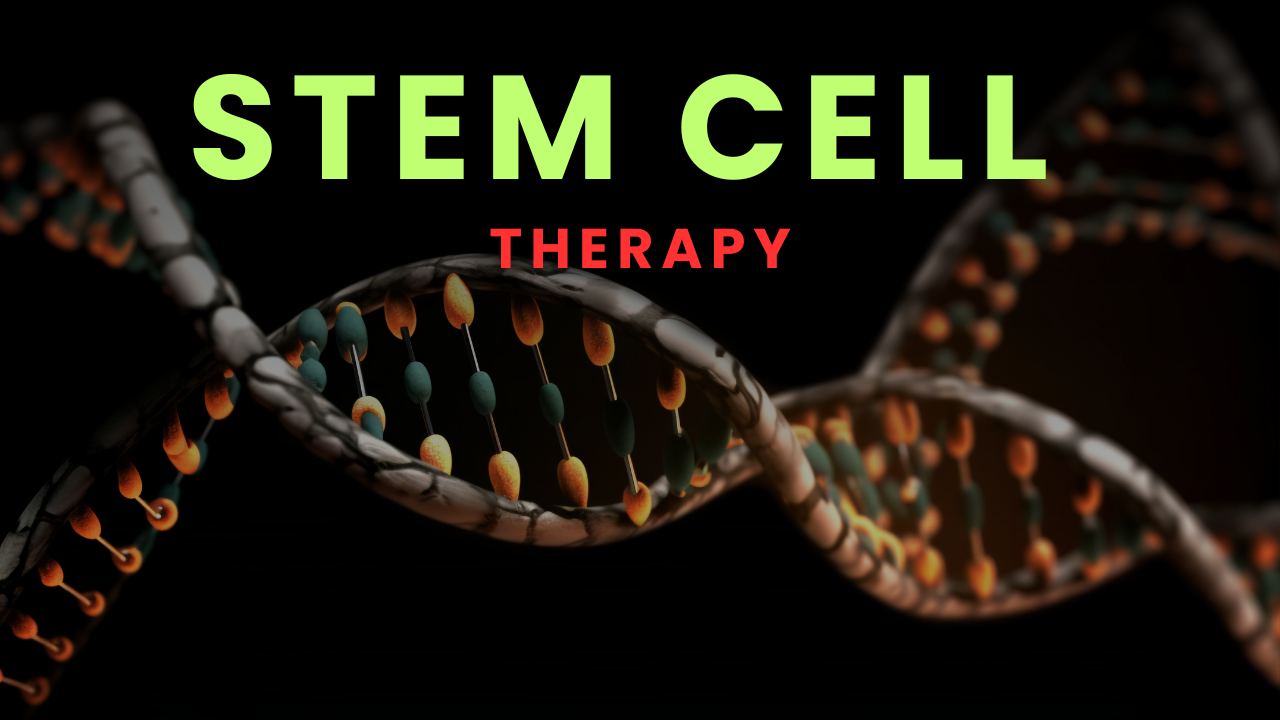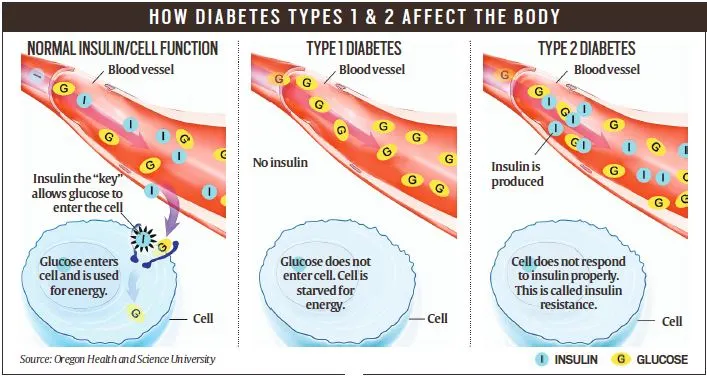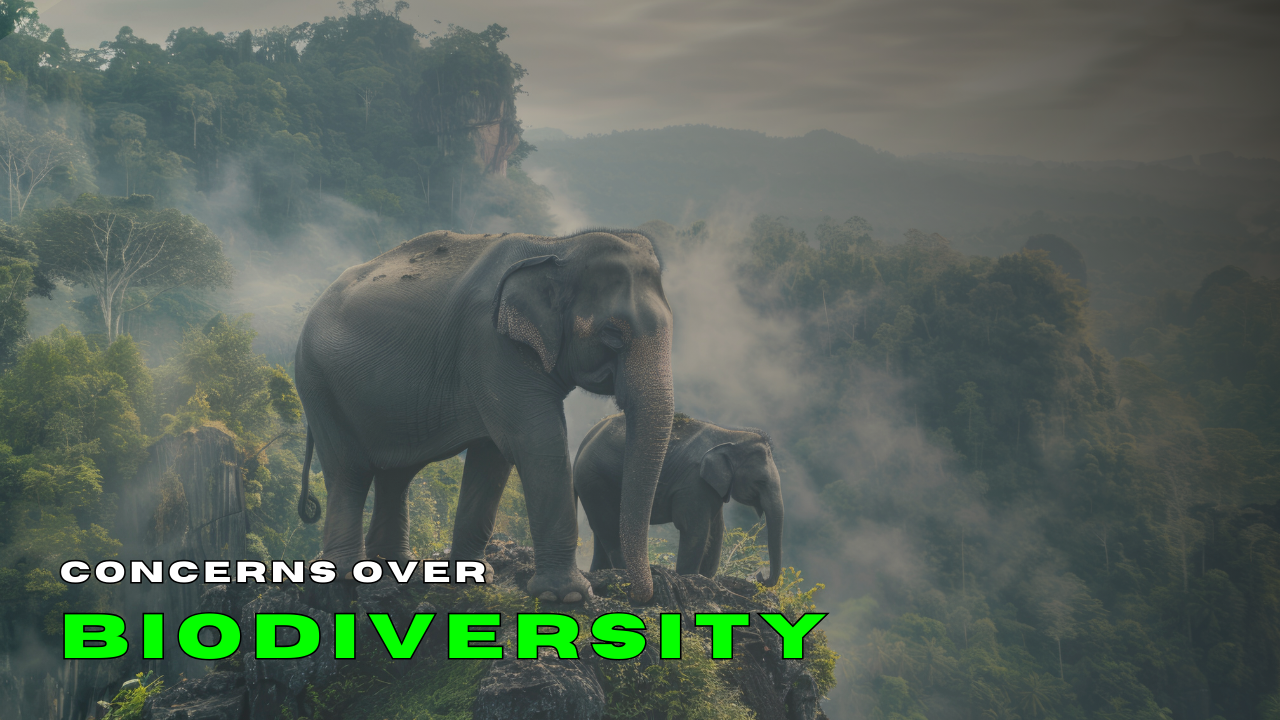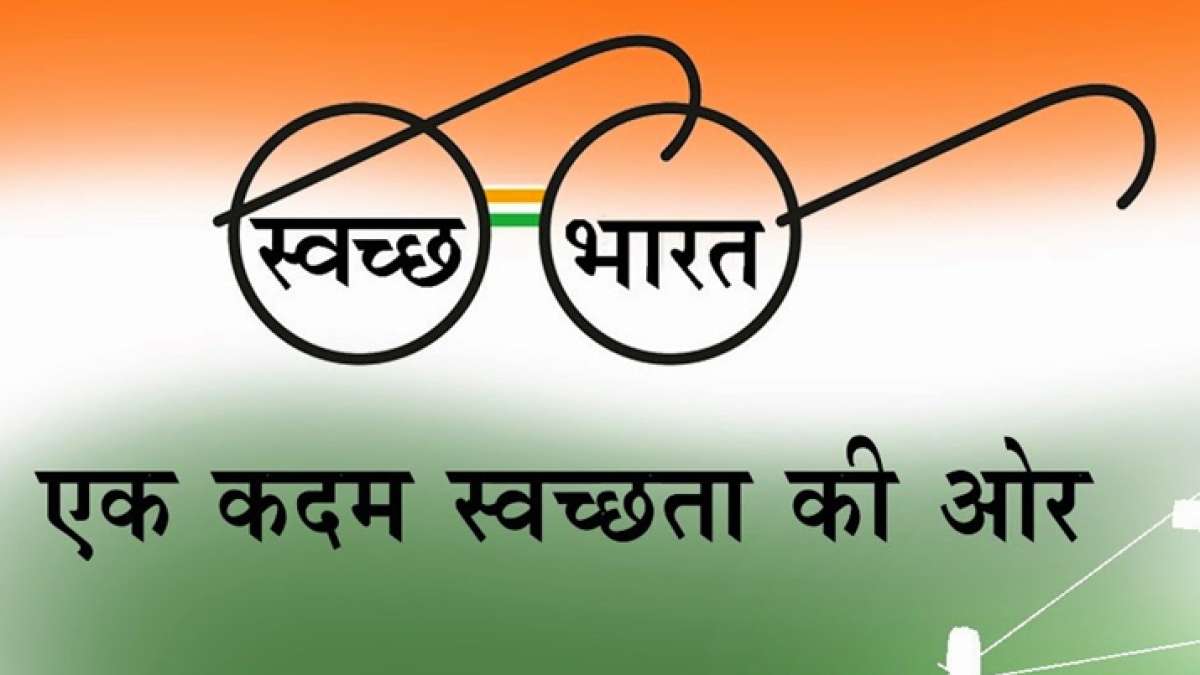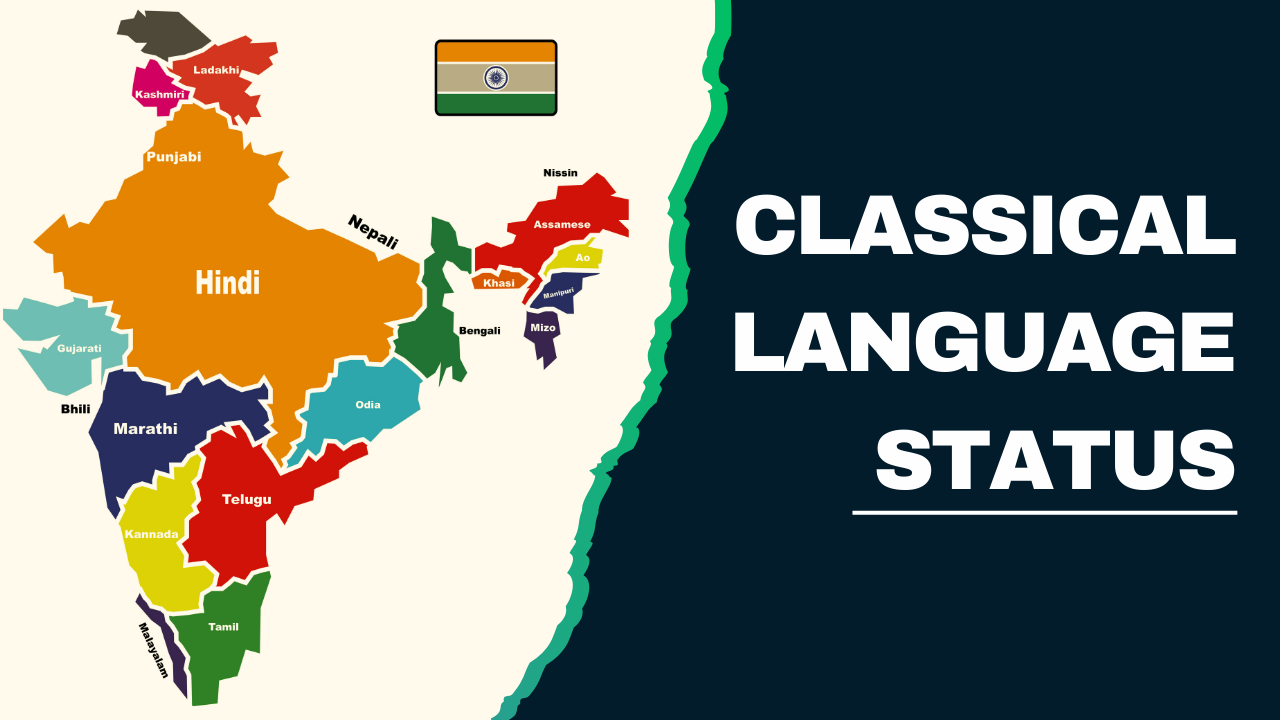Context:
In July and August 2024, India’s goods exports declined compared to the previous year, with only a marginal growth of 1.1% in the first five months of FY24, while services exports surged by 7% in August, reaching $30.7 billion, and grew around 11% in the same period.
More on News:
- Possible Surpassing of Goods Exports: Services exports may temporarily surpass goods exports ($34.7 billion in August 2024), marking a two-decade shift in India’s export basket.
- Growth Trends in Services Exports: Services exports grew at an average of 14% annually since 1993, compared to 10.7% for goods exports. Services now account for 47% of India’s total exports, up from a third a decade ago.
Global Standing of India’s Exports:
- Services Export Ranking: India is now the 7th largest services exporter in the world, up from 24th in 2001.
- Goods Export Share: India’s share in global goods exports rose marginally from 1% in 2005 to less than 2% in 2023. In contrast, its share in global services exports grew from 1.9% to 4.6% during the same period.
- Future Projections: Goldman Sachs projects India’s services exports to reach $800 billion by 2030, amounting to 11% of GDP.
Structural Factors in Services Exports:
- Current Account Surplus in Services: India runs a services trade surplus of $13-14 billion monthly, helping balance the current account deficit caused by a higher goods import rate.
- Dependency on Imports: Despite domestic manufacturing incentives like the PLI scheme, India continues to rely heavily on imported inputs, keeping its goods trade deficit substantial.
Income Elasticity in Services Exports:
- Sensitivity to Global Economy: Overall Indian exports are highly responsive to global GDP changes, with a 1% rise in global GDP resulting in a 4.92% rise in demand for India’s exports.
- Lower Sensitivity in Services: Services exports are less responsive, with a 1% rise in global GDP causing only a 2.5% rise in services demand. This makes services exports more stable during global economic downturns.
Impact of Digital Delivery in Services:
- Resilience During Crises: Services exports, especially those delivered digitally, are less vulnerable to global disruptions. During the COVID-19 pandemic, goods exports plummeted, but services exports experienced only a modest decline.
- Low Dependency on Imports: Services, particularly modern digital services, use fewer imported inputs, have lower fixed costs, and can respond flexibly to price reductions.
Evolution of Services Exports:
- From Offshoring to Global Capability Centres (GCCs): Initially driven by offshoring back-office operations, India’s services exports now encompass specialised GCCs, employing 1.7 million people and generating $46 billion in revenue by 2023.
- IT and Consulting Services Growth: IT services dominate, accounting for 47% of total services exports, while professional consulting services grew from 7% in 2005 to 18.3% in 2023.
Domestic Economic Impact of Services Exports:
- Urban Concentration of Jobs: Services export jobs are concentrated in major cities like Bengaluru, Hyderabad, and Gurugram, though this is slowly changing as more companies hire from smaller towns.
- Skill-Intensive Nature: Services sectors, especially IT and consulting, require a highly skilled workforce, often concentrated in large urban areas, which limits their impact on broader job creation.
- Capital-Intensive Sectors: The services and manufacturing sectors contributing to exports are both capital-intensive, limiting large-scale employment opportunities.
Challenges and Future Outlook:
- Employment Impact: Despite the growth in services exports, employment generation remains a challenge. The share of export-driven employment dropped from 19% in 2012 to 13% in 2020.
- Future Growth Limitations: As services already account for 67% of global GDP, future growth in services exports is likely to align with global GDP trends, rather than significantly exceed them.
- Limited Transformation of the Economy: While services exports have positively impacted India’s economy, they are unlikely to achieve the same transformative effect that manufacturing exports had in East Asia.
Conclusion:
- Services Sector Success: India’s services sector has shown robust growth, becoming a key component of its export basket and supporting the economy through its surplus trade balance.
Future Prospects: Continued growth in services exports will drive skilled employment and economic stability but may not fully address broader job creation and income inequality challenges.
Subscribe to our Youtube Channel for more Valuable Content – TheStudyias
Download the App to Subscribe to our Courses – Thestudyias
The Source’s Authority and Ownership of the Article is Claimed By THE STUDY IAS BY MANIKANT SINGH


